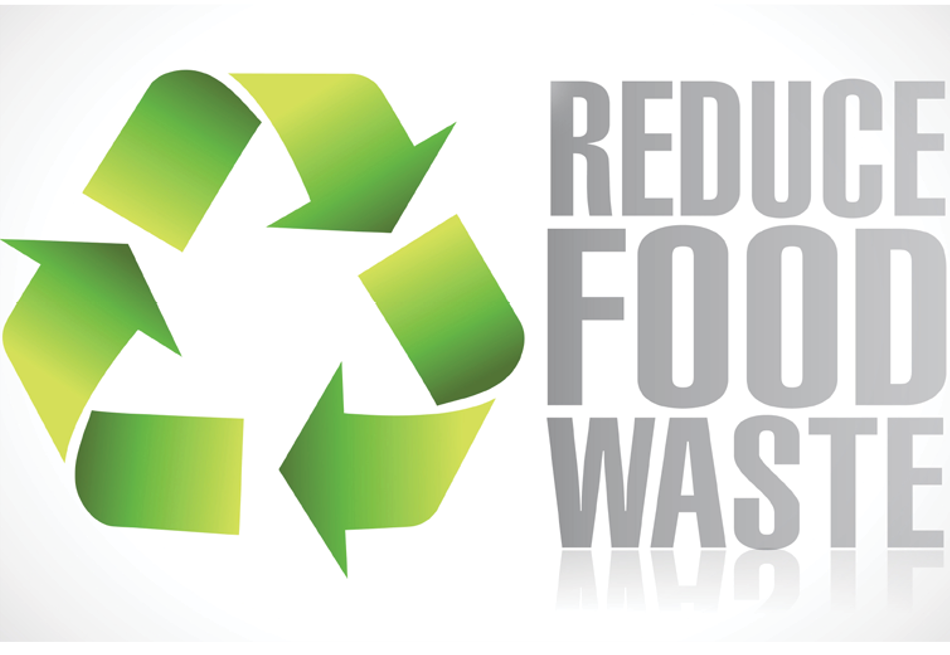By Pat Hottel
It is estimated that in the U.S., about 40 percent of all food produced is wasted. It makes both environmental and economic sense to find alternative uses for our food wastes to reduce this high percentage. For commercial food facilities, this can include repurposing of certain types of food. Food that is repurposed may not meet criteria for human consumption or sale. It may go to animal feed or composting. Less-than-perfect food items, like blemished fruit or vegetables, may be repurposed for humans by offering these products at a reduced price, donating or incorporating into juices or other processed foods.
How a facility handles food repurposing can bear on pest pressures. If not done properly, it can increase the facility’s risk of flies, birds, stored product pests, rodents and other pests. In addition, and on a broader scale, it can impact pest problems in the community.
As pest management professionals, it is important that we inspect for potential pest risks associated with our client’s waste handling programs and help educate them regarding the bearing these may have on pests. Below are some of the key areas of concern as food and food containers destined for repurposing make their way through the disposal process.
- Totes, carts and other waste-holding containers. As food wastes are generated during processing, packaging or in storage, they are often placed in carts or other containers for transport to a dumpster or storage trailer. Clients should be advised to use containers that are cleanable and fit the facility’s cleaning capabilities. If containers are designated as one-time use only, there must be a program in place that ensures these containers are not reused. It is not uncommon for large corrugated cardboard totes to be used for recycling. These are not cleanable and even with a plastic liner, can risk food accumulations underneath the liner and on pallets used to hold the tote.
- Balers. Balers are used at some food facilities to bundle cardboard and paper bags wastes generated at the site. If the food facility is bundling paper bags used previously to hold flour or other milled grain products, there can be food dust generated in and around the baler unit. These units can be difficult to clean due to design and can be sources of stored product pests if not frequently cleaned.
- Trailers and dumpsters. Sometimes trailers are used for holding products like repurposed food going to a farm or third-party recycling for animal feed. They also may be used for holding items destined for recycling like cardboard or pallets. Dumpsters are more commonly used for some forms of recycling like compost but also may be used for animal feed. Regardless of the purpose, they all require a formal program that includes cleaning. Sometimes, processors will hold trailers until full. If the contents are food, the ability of pests to complete their life cycles must be a consideration in how frequently that trailer gets moved, emptied and cleaned. For some species of pest flies, the life cycle could be completed in less than one week. Trash rooms and concrete holding pads must be kept free of cracks and cleaned. Doors where trailers and dumpsters are located must be pest proofed and kept closed when not in use. This goes for both the dock door and ideally trailer doors. Trailer door closures can be a little more challenging since some swing open and may not be closed without moving the trailer away from the dock. For this reason, roll-up trailer doors are preferred for holding recycling materials and repurposed food. Refuse areas will attract pests and it is critical that these areas are kept cleaned and pest proof.
After the products have left the facility, it is important to know where those trailers and dumpster are shipped and what programs are in place for cleaning them after they are emptied. If the trailers or totes go directly to a hog farm they are at a higher risk of returning with pests. Recycling centers are not exempt from pests and can be pest hot spots. Waste containers should be inspected for signs of pests and general cleanliness upon return to the facility for reloading.
Pat Hottel is technical director at McCloud Services.
This Tech Talk article was originally published in the June 2019 edition of PCT magazine.

